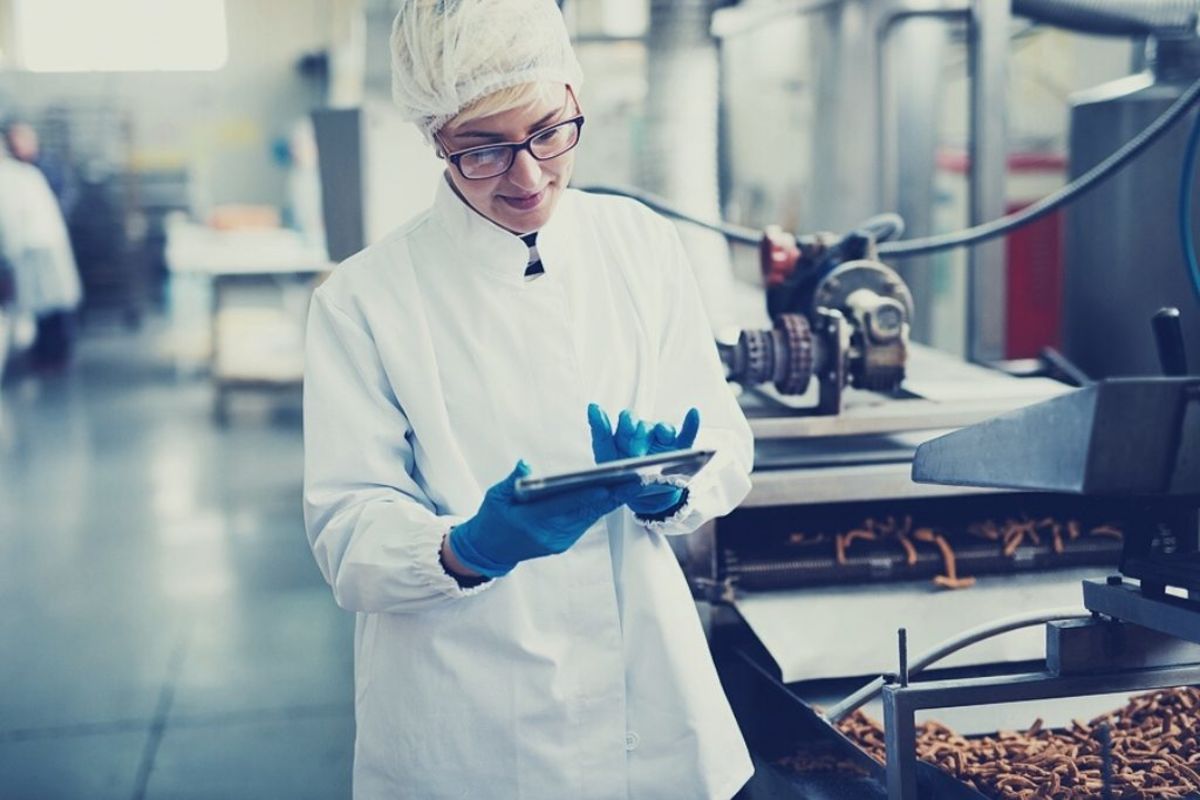
dormakaba Editorial Team

Lisa Cruciani
Lisa is the marketing manager of dormakaba Italy and editor of the Italian edition of the dormakaba blog. She obtained a Master's degree in Communication and Marketing from the European Institute of Design in Milan.
Related articles

Society
Catastrophic Wildfires: Can Technology Anticipate and Prevent Them?
When a natural disaster occurs, the recurring question is: "Could it have been avoided?" Technology plays a crucial role in our response.

Security
Cybersecurity in Manufacturing: Why Every Industry Is Now a Target

Security
How Security Professionals Can Stand Out in a Narrower Market
There is a need for four million cybersecurity professionals worldwide according to the latest World Economic Forum white paper on the topic.